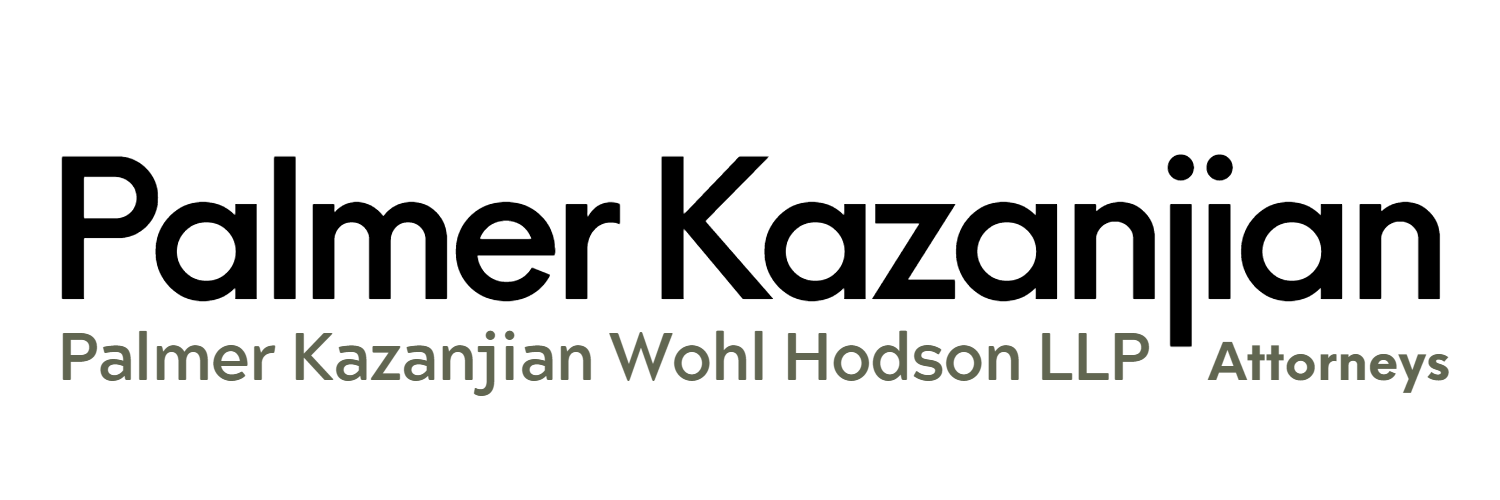There are different ways that employees choose to travel to and from work each day. Some take the bus. Some ride bikes. Others use ride-sharing services. Most, however, drive themselves in personal or company vehicles. Legal doctrines such as the doctrine of respondeat superior establish when employers can be held liable for the acts of their employees, including employees’ actions behind the wheel. Respondeat superior makes an employer liable for the wrongful acts of its employees if committed within the scope of employment. Employers must therefore be aware of how the driving requirements they impose on employees may create liability if an employee were to be involved in a collision. The extent of liability may be more expansive than most employers realize. For example, in December 2018, the California Court of Appeal determined in Moreno v. Visser Ranch, Inc. that an employer was vicariously liable for an accident that an employee was involved in while driving home from a family event at a family member’s house.
Facts at Issue in Moreno
After spending an evening at a family gathering, a man was heading back to work at 11:45 pm in the passenger seat of a pickup truck, driven by his father, when their vehicle was involved in an accident. Following the accident, the son filed a complaint against his father based on the premise that his father was acting within the scope of his employment at the time of the accident because he was driving a company vehicle. The son claimed his father’s employers were vicariously liable under the respondeat superior doctrine.
The employers obtained a summary judgment ruling in their favor in the trial court on the ground that the employee was driving home late at night from a family gathering and was therefore not acting within the scope of his employment at the time of the accident. The lower court found the employee was engaging in a “purely personal pursuit.” However, the appellate court overruled, holding that although the driver was engaged in personal business, it was not obvious whether he was in engaged in “purely” personal business. California appellate courts have previously defined purely personal business as “an end or purpose exclusively and individually [the employee’s] own.” The facts the court considered critical included the following:
Driver was employed by Visser Ranch, which had multiple farms, ranches and Graceland Dairy.
Employee’s scheduled office hours were 6:00 am – 4:30 pm, six days a week.
Employer provided employee with a cell phone and a pickup truck.
Employee was required to drive the company-owned vehicle, which contained tools and spare parts.
Employer required the employee to be on call 24/7 for repairs and maintenance of equipment.
When maintenance issues arose, employee needed to address them immediately.
Employee’s employment duties sometimes included transportation of workers to various Visser properties for work.
Employee was the lone exception to the employer’s policy that company vehicles were to be used for business purposes only.
California Tests for Scope of Employment
The Moreno case highlights the fact that there is currently no well-defined test for what is within the scope of employment in California. The analysis in Moreno applies two alternative tests.
The first test the court applied was the Purton “Permission and Benefit” test. Under this test, an employer is liable if the activities that caused the employee to become an instrument of danger to others (1) were undertaken with the employer’s permission and (2) were of some benefit to the employer. In the absence of proof of benefits to the employer, the activities must be considered as a customary incident of employment.
The second test that the court applied was the Halliburton test. Under Halliburton, an employee’s conduct is within the scope of their employment if (1) the act performed was required by the employer or (2) incident to the employee’s duties. If neither is met, the conduct is still within the scope of employment if the employee’s misconduct could be reasonably foreseen by the employer. Here, foreseeability refers to employee conduct that “is not so unusual or startling that it would seem unfair to include the loss resulting from it among the costs of the employer’s business.”
Impact of Moreno
Since there was evidence the employee’s use of the vehicle at the time of the incident served as a benefit for both himself and his employer, the court concluded there was a factual question for a jury and summary judgment was not appropriate. Moreno is different from prior vicarious liability cases because the vehicle the employee was driving at the time of the incident was required for use during non-scheduled hours. Additionally, the driver was not traveling to or from work at the time of the incident, so the “going and coming” rule did not apply. (The “going and coming” rule states that employers are not liable for collisions that employees are involved in during their commute to or from work.) The appellate court stated that when a jury can reasonably find an employee’s use of a company-owned vehicle for personal reasons was required by the employer, “the risk of the truck’s involvement in an accident is a foreseeable risk that is attributable to the business enterprise” under the respondeat superior doctrine. The court reasoned that the employer derived benefits from the driver for using the car in his personal time because it “increased his ability to respond quickly” to repairs during the hours he was not regularly scheduled to work.
If you are concerned you could be subject to a lawsuit as a result of employee driving accidents or policies regarding use of company vehicles, you may contact the attorneys at Palmer Kazanjian Wohl Hodson LLP to help you determine how to limit your exposure.

